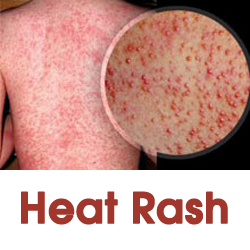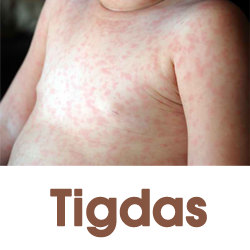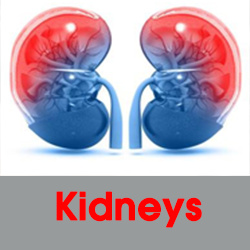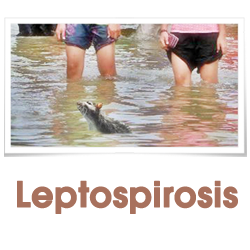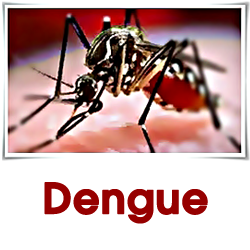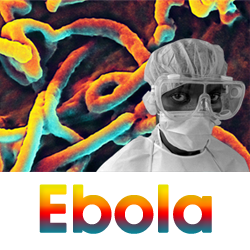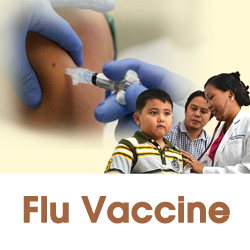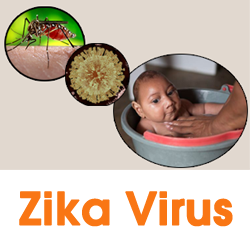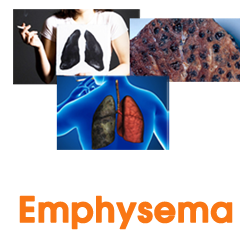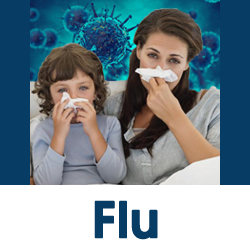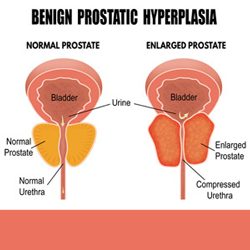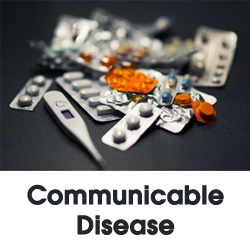Health Tips!
Meningococcemia
by: Ronaldo V. Mendoza, M.D., MBA-H
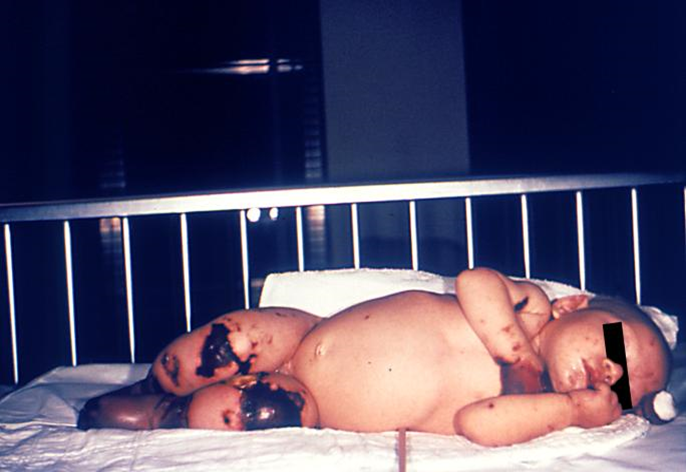
Meningococcemia remains to be one of the deadliest illnesses affecting the young population. In the Philippines, a case fatality ratio of 30 to 47% was reported by the World Health Organization (WHO). This disease can easily infect those living in crowded and unsanitary communities as it is transmitted through person to person via respiratory secretions / airborne droplets. It can appear either as meningitis or sepsis or both and can cause death within hours if not diagnosed and adequately treated.
Persons infected with meningococcemia generally presents with fever and generalized body pains. The bacteria can affect the blood vessels causing bleeding. A characteristic rash of small red/purple spots on the trunks and extremities appears in majority of cases. These rashes later on progress to large purplish lesions similar to traumatic bruises. Severe skin lesions may ultimately turn black and rupture leading to necrosis.
Early aggressive intravenous antibiotic therapy must be started immediately to prevent complications and death. All of the cases are admitted in an isolation room. Being a highly contagious disease, there are specialized centers managing these cases like the Research Institute for Tropical Medicine (RITM) and San Lazaro Hospital. Other Private Tertiary Training hospitals in Manila are also proficient in managing such cases.
Critical to the survival of the patient, immediate diagnosis and adequate management by trained medical professionals are essential. The community must be aware that such communicable disease exists. Vaccination is highly recommended. Persons exposed to an infected patient should be given prophylactic antibiotics to reduce the risk of developing the disease.



